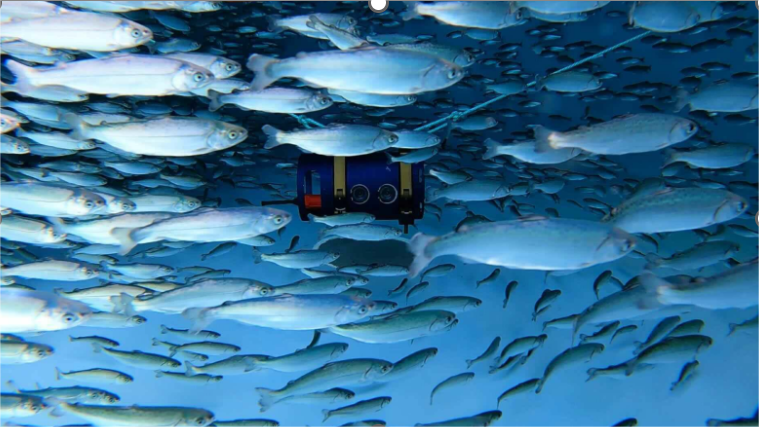
This course focuses on feeding strategies and growth monitoring during the aquaculture grow-out phase. Participants will learn to design species-specific feeding programs, monitor growth parameters, and adjust practices to optimize performance. Key topics include improving feed conversion ratios (FCR), addressing growth-limiting factors, and utilizing software for data analysis and feeding management. Practical demonstrations will highlight tools for efficient resource use and sustainable practices. Ideal for aquaculture professionals, the course equips attendees with skills to enhance growth outcomes, reduce costs, and promote sustainable production. By the end, participants will be prepared to implement effective feeding management and improve farm profitability.
4-Part Course Structure: 60 Minutes
1. Introduction to Feeding Strategies in Aquaculture (10 minutes)
Overview of the grow-out phase and its importance in aquaculture production.
Key principles of species-specific feeding programs and nutritional requirements.
Challenges in feeding management and their impact on growth and sustainability.
2. Growth Monitoring and Performance Assessment (15 minutes)
Essential growth parameters: weight gain, length, and condition indices.
Techniques for data collection and analysis to evaluate growth performance.
Identifying and addressing factors that hinder growth rates (e.g., environment, disease).
3. Optimizing Feed Conversion Ratios (FCR) and Resource Efficiency (20 minutes)
Importance of FCR in reducing costs and environmental impact.
Strategies to improve FCR through feeding practices and feed quality.
Case studies and examples of successful FCR optimization.
4. Tools, Software, and Practical Applications (15 minutes)
Demonstration of software and tools for feeding management and data analysis.
Hands-on examples of real-time adjustments to feeding programs.
Q&A session to address participant questions and discuss practical implementation.